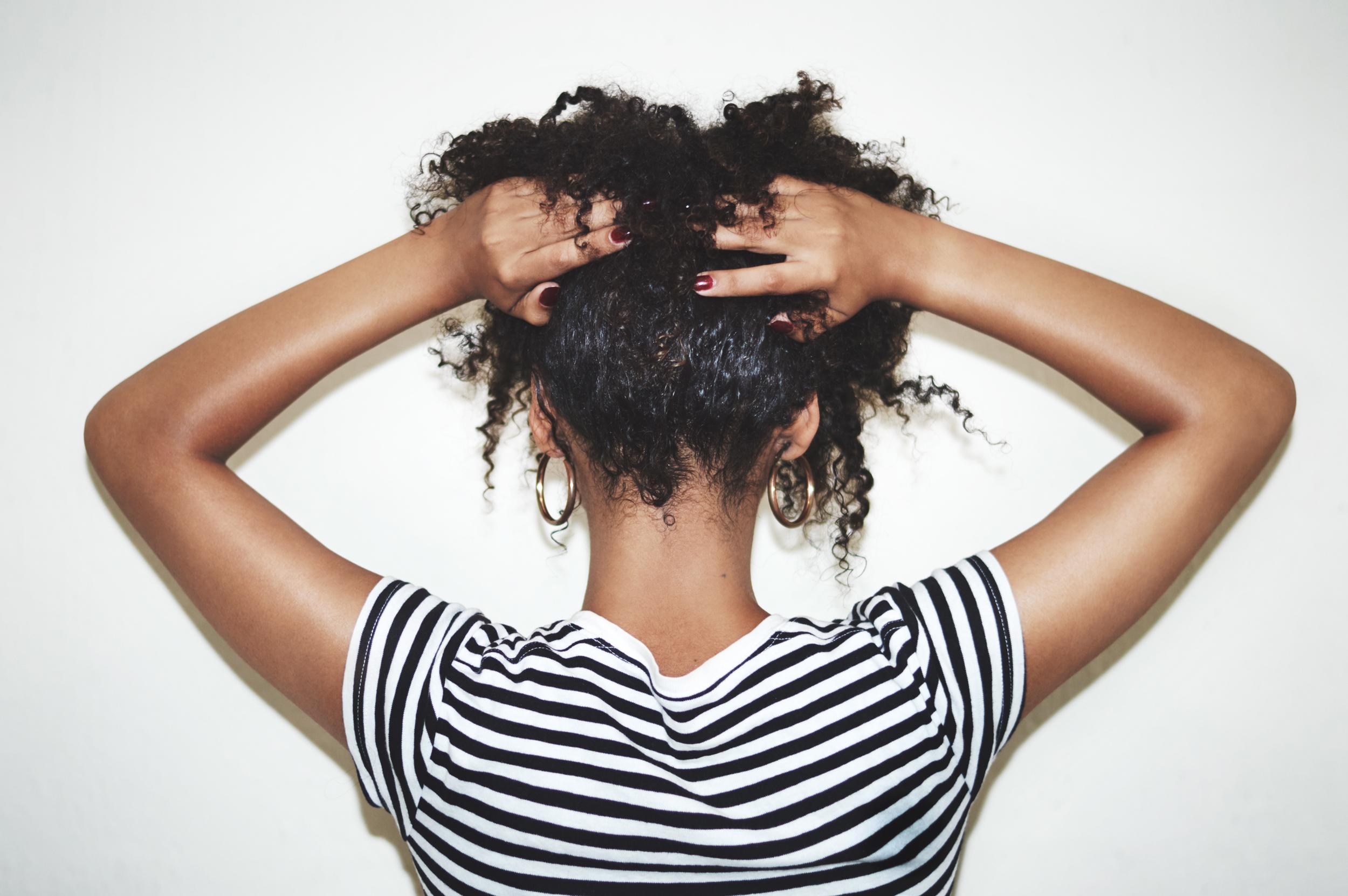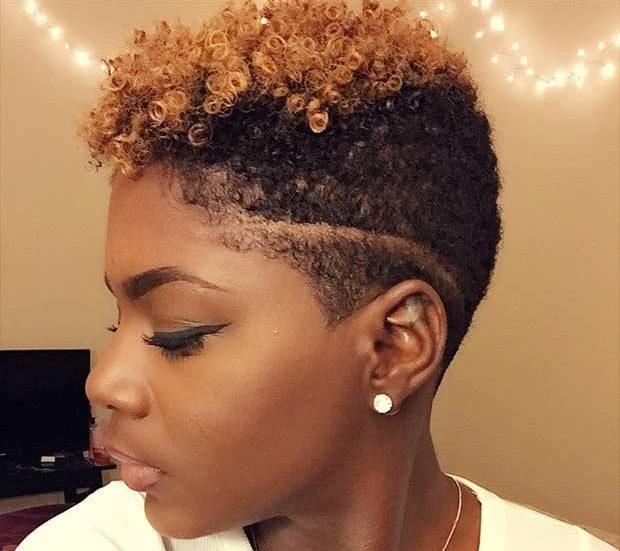Hair damage is more than split ends. Extremely damaged hair develops cracks in the outer layer (cuticle). Once the cuticle is lifted (opened), your hair is at risk of further damage and breakage. It can also appear dull or frizzy and be difficult to handle.

So, can you really go from dry, brittle hair to soft, shiny locks? The answer is not always straightforward. For the most part, hair damage is permanent because the hair is actually a collection of dead cells, making it irreparable.
The only real cure is time, a pair of scissors, and taking steps to prevent further damage.
But don’t despair, with the right hair care and targeted treatments you can help restore the outer cuticle and start improving the look and feel of your hair.
If you know where you went wrong
Sometimes it’s very clear how you ended up with damaged hair. When not used properly, dye, bleach, and styling tools can do a number on your locks.
Read on to find out how to prevent further damage and ease your symptoms until you can cut your damaged hair. You may need to do a “double dip” to meet all of your needs.
1. It is because of the use of thermal tools
Hot styling can “bake” the hair fibers and cause raised cuticles and porous hair. Using heat too often or at high temperatures can make your hair more prone to damage.
How to limit more damage
Blow dry from a distance: Hair dryers are known to cause damage. The good news is, you might not have to give up completely. One study, a trusted source, found that holding the hairdryer 15 centimeters (about six inches) from your hair and moving the dryer continuously can help reduce damage.
Use a thermal protection product: These products are intended to help protect the hair and prevent split ends.
Popular options include:
- Lower the temperature: The higher the temperature, the more damage it can cause. Excessive heat can damage your hair no matter where it comes from. Use the lowest heat setting on any product and limit how long the hot air, flat iron, or curling iron touches your hair.
- Dry in the open air: Avoid the heat altogether and let the air do all the work for you.
To do this, gently wrap your hair in a towel after showering. This helps remove excess water before letting it dry. Do not rub your hair with the towel, as this can cause unnecessary rubbing and damage your hair.
Drying without heat can also be a good idea if you plan to style with an iron or curling iron. Experts recommend using heated tools no more than once a week.
- Go natural: Adopt heatless hairstyles like salt spray beach waves. Or let the natural texture and style of your hair take center stage.
How to mitigate existing damage
Use coconut oil. This tropical oil is a beauty bomb. A key advantage? The molecules of the oil are small enough to penetrate the outer cuticle and hydrate from the inside out.
It can also help replenish the protective oils on the outside of your hair. These oils help protect against heat damage and breakage.
Look for products that contain coconut oil or apply the heated oil once a week as a deep hydration mask.
2. It’s dye
Whether you’ve switched to pastel, mermaid, or are just trying to cover up some grays, coloring your hair at home can have consequences that outlast color. Chemical dyes can remove natural moisture from hair, making hair feel soft and rough to the touch quickly.
Unless your hair was light at first, you may also have had to bleach it before applying the dye (see “It’s bleach” below for more information).
How to limit more damage
Stay in the shade: Experts recommend choosing a shade from all three shades of your natural color and going for darker shades rather than lighter ones to limit the damage. Unnatural colors are more difficult to maintain and need to be touched up more frequently.
Dye less frequently: Extending the time between touch-ups can also help reduce damage. If possible, wait 8-10 weeks, or even longer! – between dyeing jobs.
To make this more achievable:
• Wash your hair less often.
• Only use shampoos designed for colored hair.
• Rinse off shampoo and conditioner with cold water. Hot water can cause the cuticle to open or lift, allowing the dye to wash off.
Consult a professional: Salons can be expensive, but the color is best left to the professionals. A professional colorist knows how to use the right products to minimize damage.
Opt for semi or semi-permanent: Treatments that permanently alter hair can change hair so aggressively that the only solution is to grow it out and start over.
Stick to one service at a time: If you want to chemically relax, straighten, or swap your hair, it’s best to do so at least two weeks before your coloring appointment. This gives your hair time to recover between treatments.
How to mitigate existing damage
Use olive oil: This common cooking oil is also extremely popular in hair care. The oils have proven to be a reliable source to help rehydrate the hair and smooth the cuticle. Olive oil, in particular, is said to help soften hair and replenish much-needed hydration.
It is also easy to use and relatively inexpensive. Just be sure to wait a few days after coloring before doing an olive oil treatment.
3. It’s from ignoring your hairdresser’s phone calls
Regular haircuts can go a long way in keeping your hair healthy and well-groomed. Spending too much time between cuts can result in dry split ends. And like the rest of your lock, you can’t put the split ends back together.
While the real answer here is to have your hair cut to get rid of the issues, there are a few things you can do while you wait for your date.
How to limit more damage
Treat your hair well: Follow good hair care practices to avoid damage so that your hair looks good when you spend more time between cuts.
Eliminate the damage: Get regular haircuts to remove dry, damaged ends. Your hairdresser can help you decide how long to take between cuts.
How to mitigate existing damage
Use a hair mask or conditioning treatment. Hair masks can’t work wonders, but they can help hide and protect against split ends.
4. It’s bleach
If you’ve gone from dark hair to light hair, you are probably very familiar with the damage fading can do to your hair.
Bleach is used to remove the natural color from each hair. It does this by swelling your hair, allowing the discoloration to reach the inner part of the strand. Here it dissolves the melanin which gives the pigmentation to your hair.
This process can leave hair dry, porous, brittle and brittle. Permanent changes in the structure of the hair can also make it less strong and less elastic.
How to limit more damage
Bleach less often or not at all: There is no way to avoid it. Bleach always damages your hair to some extent. The less you do, the better.
Add moisture: Before bleaching, pay special attention to moisturizing the hair and avoiding other harmful activities, such as hot styling, for a few weeks.
Use sun protection: Ultraviolet rays from the sun can damage your hair. Bleached hair is particularly sensitive to UV rays.
Try wearing a wide-brimmed hat or hair wrap to protect your hair and scalp. You can also use hair spray with UV protection to protect protruding hair.
For added benefits, look for products that also contain a conditioner.
Be very careful with chlorine. Besides turning your locks into an obnoxious shade of green, bleach can remove moisture from your hair, leaving it even more brittle and coarse.
To avoid this:
• Rinse your hair with fresh water before going to the pool. This moisture can help prevent chlorine from changing the color of your hair and drying out your strands.
• You should also wash your hair thoroughly as soon as you get out of the pool.
• While any moisturizing shampoo and conditioner should work, you can also use a specially formulated swim shampoo and conditioner.
How to mitigate existing damage
Use almond oil. This sweet smelling oil can help soften and strengthen your hair. Apply a small amount to the ends of your hair before blow-drying to rehydrate strands and reduce frizz.
Popular options include:
• NOW sweet almond oil
• Dry scalp treatment for the head and shoulders with an anti-dandruff shampoo with almond oil
Try a rice water rinse: Oddly enough, research suggests that the water you pour down the drain while rinsing the rice can help your hair. Inositol, an ingredient found in rice water, has been shown to penetrate damaged hair and repair hair from the inside out.
Credit: healthline
Photo Credit: blackwestchester
click here to connect with us on instagram






